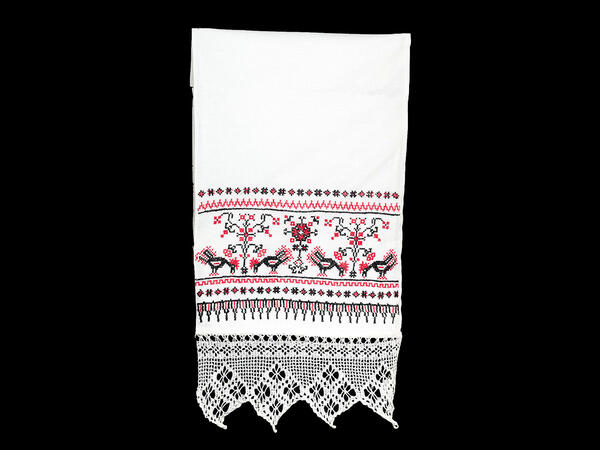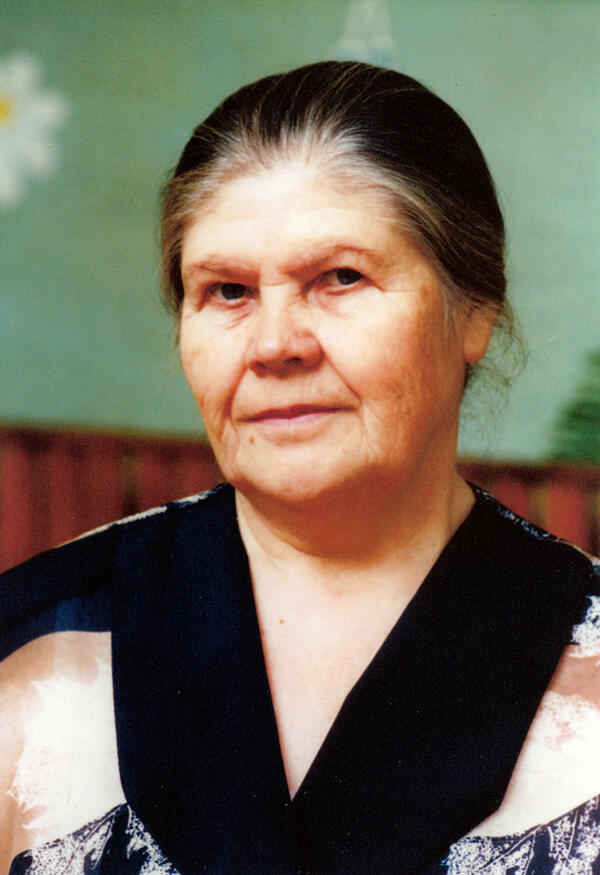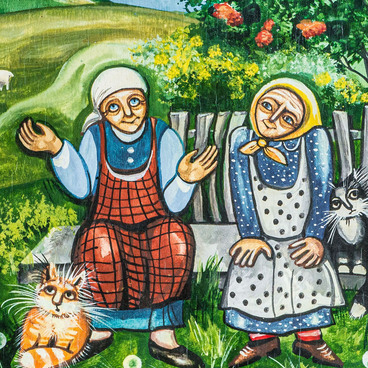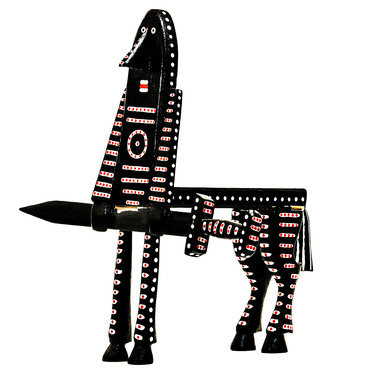In Russia, towels decorated with embroidery were called ‘rushniki’, or ‘hand towels’. They played a special role in the house. The patterns on a white background were believed to have beneficial power. These towels were used at weddings, funerals, christenings, and during various rituals, including healing ones.
At the beginning of the 19th century, ‘readings of ornaments’ were held in the Ural villages. Elderly women taught young people to understand the symbols of embroidery. Few of the peasants were literate, and embroidered patterns enabled a woman to ‘write down’ her whole life. If a child was born, a new twig appeared on the hand towel, growing upwards. If one of the relatives died, the craftswoman lowered the twig.
A girl could embroider more than 200 towels to the wedding to give them not only to her new relatives but also to all the guests. If the bride knew about the bad temper of the future mother-in-law, then she embroidered a rooster with claws.
As the time passed the custom of ‘reading ornaments’ disappeered. Nowadays, embroidered towels have lost their special functions and are considered ordinary home decor, but there is a gradual revival of the interest in the deciphering of ancient symbols.
In her works, the craftswoman Zoya Troshkova reproduces the images of old hand towels and uses the embroidery technique of the past centuries. She uses the multilevel arrangement of drawings that is typical of traditional towels. The design has a special rhythm of stripes of different widths and different textures. She also uses mirror symmetry in her works.
Zoya Troshkova created the ‘Poultry Yard’ in 2000. She decorated the narrow cotton canvas with an openwork edge in the technique of handmade filet. The craftswoman used a specially woven mesh and darned a pattern of filled and free squares.
The lace edge turns into a cross-embroidered pattern with a blooming garden and roosters walking in it. The lower layer of the embroidery made of ornamental stripes symbolizes a sown field. The tree, being the symmetrical center of the lace, symbolizes the world tree.
At the beginning of the 19th century, ‘readings of ornaments’ were held in the Ural villages. Elderly women taught young people to understand the symbols of embroidery. Few of the peasants were literate, and embroidered patterns enabled a woman to ‘write down’ her whole life. If a child was born, a new twig appeared on the hand towel, growing upwards. If one of the relatives died, the craftswoman lowered the twig.
A girl could embroider more than 200 towels to the wedding to give them not only to her new relatives but also to all the guests. If the bride knew about the bad temper of the future mother-in-law, then she embroidered a rooster with claws.
As the time passed the custom of ‘reading ornaments’ disappeered. Nowadays, embroidered towels have lost their special functions and are considered ordinary home decor, but there is a gradual revival of the interest in the deciphering of ancient symbols.
In her works, the craftswoman Zoya Troshkova reproduces the images of old hand towels and uses the embroidery technique of the past centuries. She uses the multilevel arrangement of drawings that is typical of traditional towels. The design has a special rhythm of stripes of different widths and different textures. She also uses mirror symmetry in her works.
Zoya Troshkova created the ‘Poultry Yard’ in 2000. She decorated the narrow cotton canvas with an openwork edge in the technique of handmade filet. The craftswoman used a specially woven mesh and darned a pattern of filled and free squares.
The lace edge turns into a cross-embroidered pattern with a blooming garden and roosters walking in it. The lower layer of the embroidery made of ornamental stripes symbolizes a sown field. The tree, being the symmetrical center of the lace, symbolizes the world tree.




